|
Title: | British Railways Pre-Nationalisation Coaching Stock (2 books) |
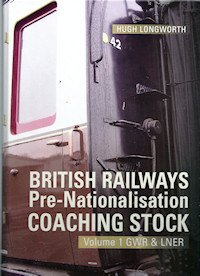
|
| Author: | Hugh Longworth |
| Publisher: | OPC |
| Format: | Book |
| Subject: | Coaches |
| Category: | Numbers - All |
| Spec: | A4, hardback, 480/496 pages, B&W photos |
| Publication date: | 2018/2019 |
| Summary: | More bookshelf-busting titles from the number-master! Hugh needed almost a thousand pages to detail the coach fleet inherited by BR upon its formation in 1948. |
| Review: | In 1948 all the stock owned by the 'Big Four' railway companies (the GWR, LMS, LNER and SR) became the property of the newly-formed British Railways. While there have been numerous books detailing the locomotives inherited by BR, it was not until 2018 that the coach and wagon fleets were properly covered. That year saw the coincidental publication of two major sets of books, coaches being dealt with by Hugh Longworth, while David Larkin started a review of the wagons. The coach fleets were covered in two rather massive volumes, each dealing with two of the predecessor companies. Each book had a selection of photographs (including some real gems and rarities), but the bulk of each was filled with raw data. Every coach that passed to BR was listed, grouped by diagram and showing build details and dates of use. Plan and side elevation diagrams were included for each design. |
| Reviewed: | 03/10/2019 by Thomas Young (Comments made by others can appear in the notes section towards the bottom of this page) |
| Sample pages: | (Click on any image to view full-sized in a new window)

The cover of volume 1, covering the former GWR and LNER fleets. This pairing, and the other of LMS and SR, seemed slightly geographically incongruous but was chosen to even out the page count.
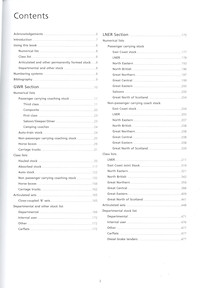
The contents page hints at how the presentation was broken down.
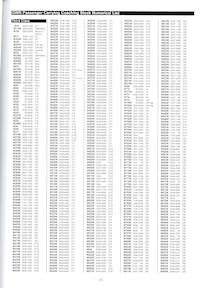
Each half of each book started with a numerical listing of all coaches, with their numbers at the time of the change. For each number, the dates of operation were given, along with a diagram number, this section acting like an index for the main listing that followed.
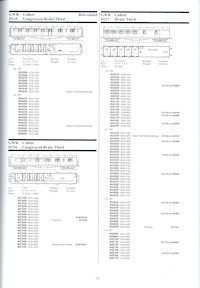
The main listing for each company showed each diagram in number order. Key details were shown, along with a diagram book drawing, followed by a listing of all the numbers against each lot to that diagram. Dates of use were shown again, along with details of renumberings and other information (such as disposal or preservation).
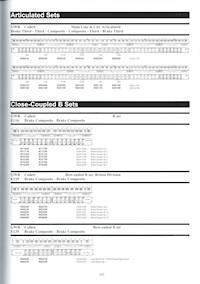
Fixed sets (in particular articulated coaches) were shown with formations.
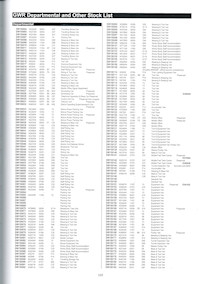
A very useful feature is a full listing of coaches renumbered in the regional departmental series, complete with dates, function and any subsequent changes. Renumberings to internal users and as carflats were also listed.
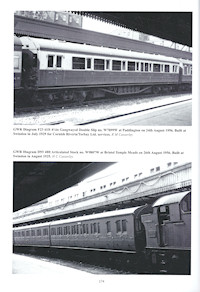
There are not many photos but they are all interesting and of good quality.
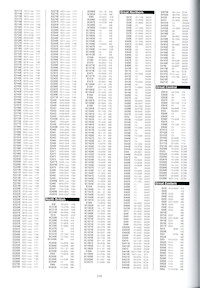
The numerical index for the ex-LNER coaches is complicated by the fact that there was not a consistently applied company-wide numbering scheme.
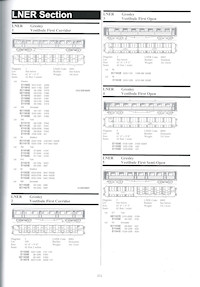
The main LNER section was to the same layout as the GWR section. One difference was that LNER coaches had seen a lot of renumberings, and these are shown (albeit without dates).
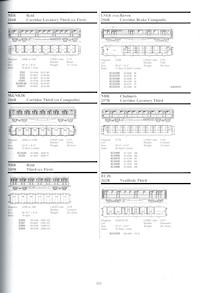
Coaches before 1948 was not something I knew much about, and I was surprised at the great variety of designs. Some of the older types only lasted a few years under BR ownership.
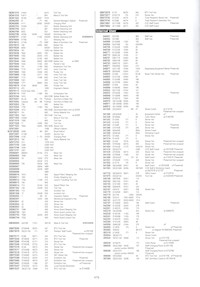
As with the GWR section, Eastern Region departmental and internal user renumberings were shown in the LNER section, along with carflat and brake tender rebuilds.
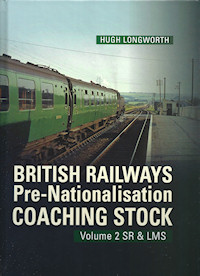
Volume 2 appeared shortly afterwards and detailed the ex-LMS and SR coaches.
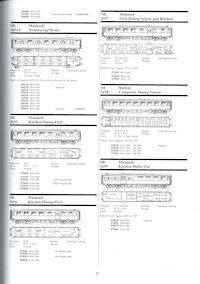
The presentation was very similar to volume 1, with a numerical index for each company's coaches followed by a listing for every diagram.
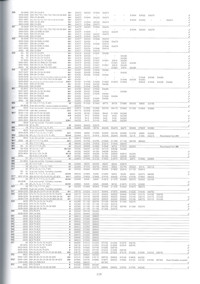
The Southern Region used semi-fixed, numbered sets of coaches, and the formations were listed in detail (including numbers of later-built coaches).
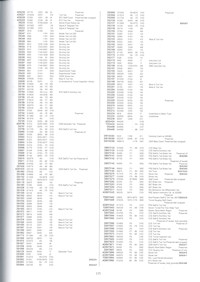
Once again, departmental and other conversions and renumberings were listed.
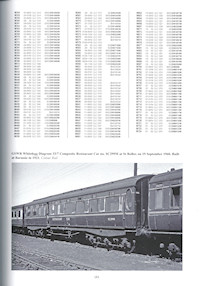
Some interesting photos are (very lightly) sprinkled across each book.
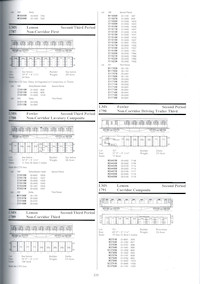
The LMS section was to the same format as the others.
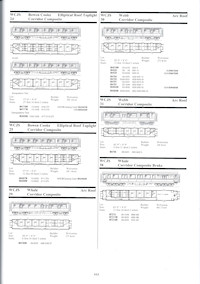
Some pages have almost as many diagrams as numbers!
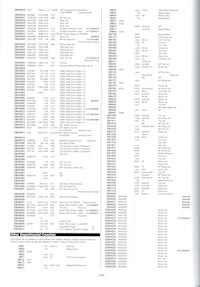
Departmental and other conversions were detailed as before.
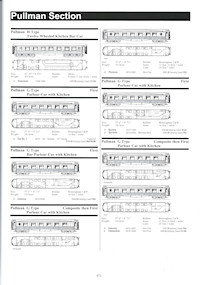
Coaches of the Pullman company were also listed. Even though many were unique, each has its own elevation and plan diagram.
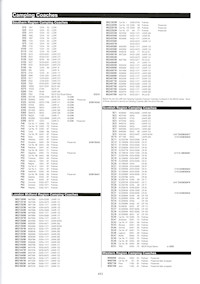
The last three pages detail the camping coaches based on each of the five regions, with dates of use and former identities. |
| Notes: |
No notes have been left yet. ?There may be some notes posted but which have not yet been approved.
|
| Edits: | This item has not been edited.
|

 Register
Register

 The cover of volume 1, covering the former GWR and LNER fleets. This pairing, and the other of LMS and SR, seemed slightly geographically incongruous but was chosen to even out the page count.
The cover of volume 1, covering the former GWR and LNER fleets. This pairing, and the other of LMS and SR, seemed slightly geographically incongruous but was chosen to even out the page count. Each half of each book started with a numerical listing of all coaches, with their numbers at the time of the change. For each number, the dates of operation were given, along with a diagram number, this section acting like an index for the main listing that followed.
Each half of each book started with a numerical listing of all coaches, with their numbers at the time of the change. For each number, the dates of operation were given, along with a diagram number, this section acting like an index for the main listing that followed. The main listing for each company showed each diagram in number order. Key details were shown, along with a diagram book drawing, followed by a listing of all the numbers against each lot to that diagram. Dates of use were shown again, along with details of renumberings and other information (such as disposal or preservation).
The main listing for each company showed each diagram in number order. Key details were shown, along with a diagram book drawing, followed by a listing of all the numbers against each lot to that diagram. Dates of use were shown again, along with details of renumberings and other information (such as disposal or preservation). A very useful feature is a full listing of coaches renumbered in the regional departmental series, complete with dates, function and any subsequent changes. Renumberings to internal users and as carflats were also listed.
A very useful feature is a full listing of coaches renumbered in the regional departmental series, complete with dates, function and any subsequent changes. Renumberings to internal users and as carflats were also listed. The numerical index for the ex-LNER coaches is complicated by the fact that there was not a consistently applied company-wide numbering scheme.
The numerical index for the ex-LNER coaches is complicated by the fact that there was not a consistently applied company-wide numbering scheme. The main LNER section was to the same layout as the GWR section. One difference was that LNER coaches had seen a lot of renumberings, and these are shown (albeit without dates).
The main LNER section was to the same layout as the GWR section. One difference was that LNER coaches had seen a lot of renumberings, and these are shown (albeit without dates). Coaches before 1948 was not something I knew much about, and I was surprised at the great variety of designs. Some of the older types only lasted a few years under BR ownership.
Coaches before 1948 was not something I knew much about, and I was surprised at the great variety of designs. Some of the older types only lasted a few years under BR ownership. As with the GWR section, Eastern Region departmental and internal user renumberings were shown in the LNER section, along with carflat and brake tender rebuilds.
As with the GWR section, Eastern Region departmental and internal user renumberings were shown in the LNER section, along with carflat and brake tender rebuilds. The presentation was very similar to volume 1, with a numerical index for each company's coaches followed by a listing for every diagram.
The presentation was very similar to volume 1, with a numerical index for each company's coaches followed by a listing for every diagram. The Southern Region used semi-fixed, numbered sets of coaches, and the formations were listed in detail (including numbers of later-built coaches).
The Southern Region used semi-fixed, numbered sets of coaches, and the formations were listed in detail (including numbers of later-built coaches).